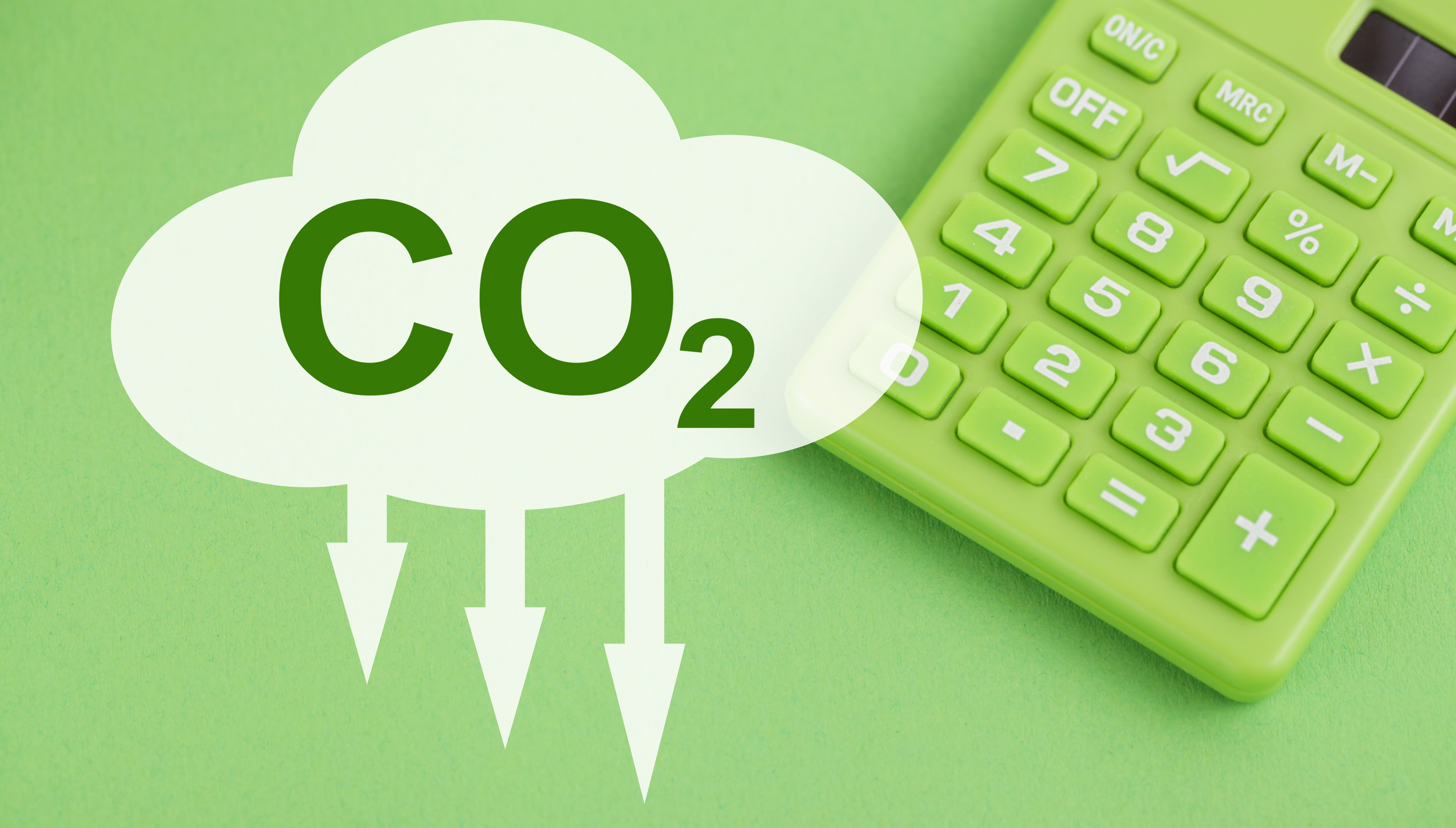Calculating CO2 Footprint Figures for Semiconductive Compounds
Leading cable manufacturers set targets like reducing CO2 emissions and boosting energy efficiency, requiring precise data from the supply chain.

Leading cable manufacturers are setting targets to reduce the environmental footprint of their operations and products. These sustainability commitments are set for purchasing raw materials with lower CO2 emissions and for developing energy-efficient production lines and processes. Actions targeting at less water usage, less waste generation, and lower air pollution are taking place. The calculation of Scope 3 emissions and the CO2 footprint of raw materials requires the supply chain to provide precise numerical data.
Current status
Raw material suppliers are still in the early stages of collecting data for their Scope 1, Scope 2, and Scope 3 emissions determined by the GHG protocol. This requires, among other things, calculating the company’s energy consumption, gathering data on fuel usage for company vehicles and forklift gases, monitoring laboratory chemical consumption, and assessing the CO2 footprint generated by the transportation of goods and production scrap management. In the plastics compounding industry, the largest portion of the CO2 footprint is attributed to raw materials, which are included in Scope 3.

Scope 1, Scope 2, and Scope 3 emissions — description by GHG protocol (https://ghgprotocol.org/)
Input in generating the data
Premix takes the supplier role seriously. Over the past 18 months, a tool has been developed to calculate the CO2 footprint on the company operations level as well as on the product level. The tool is verified by Reforest; the calculation has been conducted with diligence and precision in accordance with the GHG Protocol methodology. Starting with 2023 data, Premix can now provide the CO2 footprint for semiconductive compounds it supplies to customers.
Benefits of the CO2 footprint data collection and generation
At the Premix company level, once we know the numerical value of CO2 emission in various stages of the operations and in the raw material usage, we can set ambitious but achievable targets where and how to reduce the CO2 footprint. A very concrete action from the beginning of 2023 at the company level was the transfer to use 100% renewable energy at the Premix Rajamäki site operations. Thanks to this decision, the Scope 2 emissions of the operations in Rajamäki are zero.
For customers, the impact is even greater. Cable manufacturers need CO2 footprint data for each raw material – such as semiconductive compounds – they are using in production. This data is critical for completing the company’s sustainability reports, and for some products, like tray cables, it is already a requirement in Europe.
Summary
Premix is a frontrunner among semicon compound suppliers, providing numerical CO2 footprint data at the product and company levels. This capability is becoming important for the cable manufacturing industry, which relies on accurate data to finalize their calculations and produce sustainability reports. Premix calls all players in the supply chain to action and collaboration in providing accurate and reliable data for sustainability reporting at every stage in the supply chain. Only by understanding your current status, you are able to set smart targets to reduce the environmental impact of your operations.
